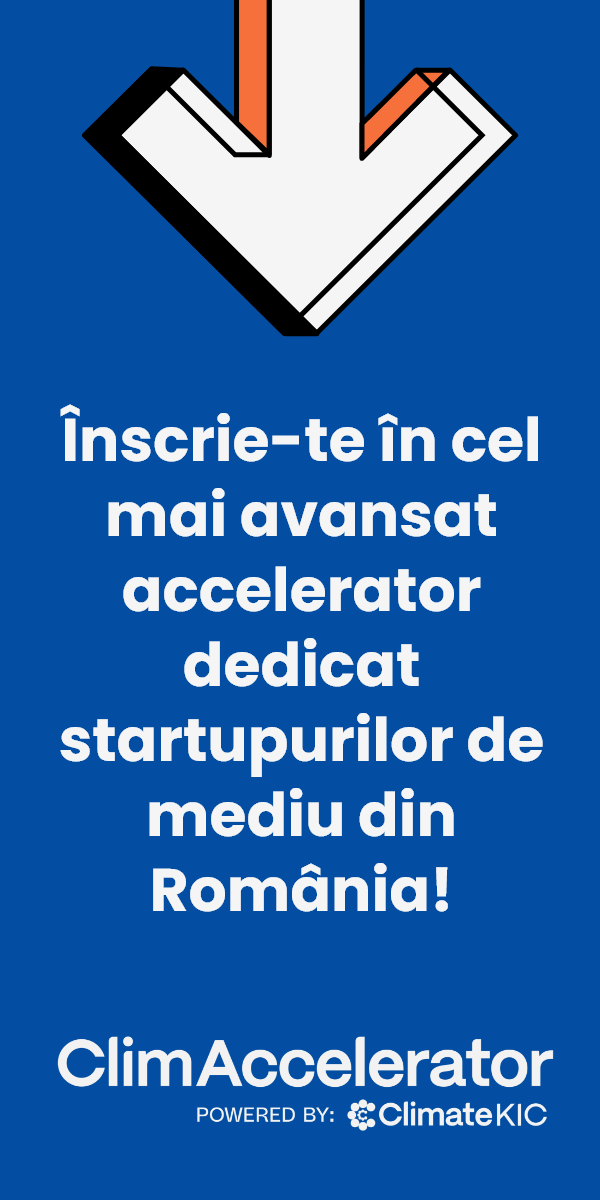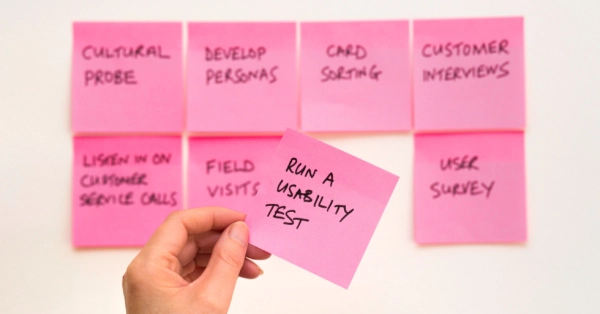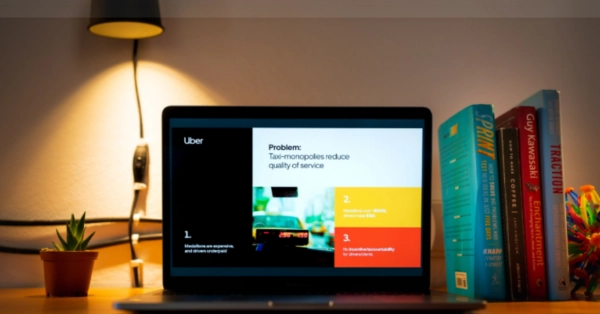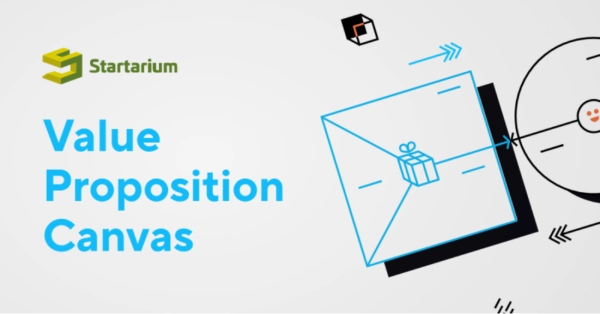Depending on the type of your product or service, you can choose from several solutions at hand to validate it in the market. But the best validation comes from customers who are willing to pay for what you offer. Here's what you need to know:
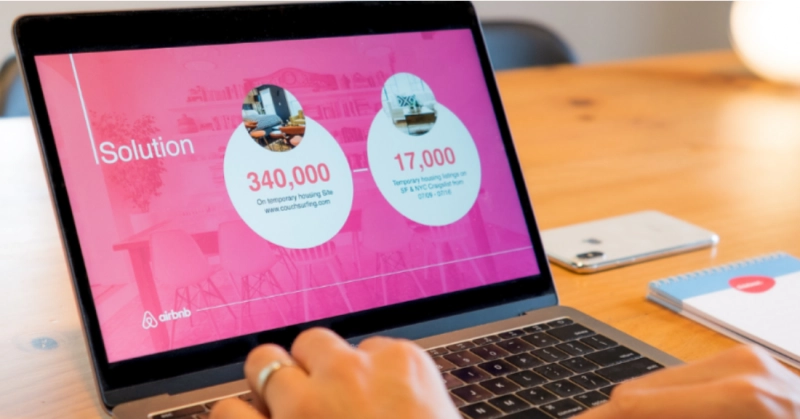
In this article, we assume that you already have a product and that your goal now is to confirm the value of the product on the market (after you have discovered the right problems, validated the ideas, and built the MVP).
You should start validating your solution before you have the actual product (this is the most important phase, about which you can read here; the solution is not the same as the product). Product validation is the phase that comes between the actual building of the product and the product-market fit phase, and in this phase we have an MVP rather than a complete product.
Test solutions
1. Test the value proposition, the marketing message and list of features on the web page by driving traffic to it, to measure the interest and see what parts of the product users are focusing on. Hotjar is a useful tool for this; you can combine it with ways to attract visitors who are in your target segment (allocate a small budget for advertising or post on groups / forums where the target customers are active).
2. You can create a LinkedIn or Facebook page to promote your upcoming product launch. This will also help you get in touch with interested potential customers who were not previously "on the radar". Make a newsletter and inform them about the development of the startup, ask for feedback and recommendations.
3. Conduct one-on-one product interviews where people test the prototype or part of it. This will help you get feedback on the direction to follow, adapt and improve the idea you're working on with more clarity offered (but filtered!) from those who would use the product.
4. Organize focus groups with potential customers and have them discuss about different parts of the product, how their needs are met by it, what they would need most, and how their view on the implementation.
5. After the launch, measure what users are doing on the platform with tools like Mixpanel that can help you create and monitor users and related metrics, and see how their behavior changes after any product improvements.
6. You can analyze data about page visits, most visited sections, visit records, visitor requests visitors made through the feedback form, existing CRM data and anything else that comes from the users. However, keep in mind that if you analyze too many things in parallel, it is possible for you to get confused and have your attention distracted from the main values and objectives you have set.
7. Usability tests are a way of asking users to try the product under the supervision of a tester. You may use an interactive mockup, a prototype or the actual product. While monitoring them, also try to find out what they are thinking about while doing a particular action, i.e. ask them to think out loud.
8. Dogfood - Testing the product with your employees first i.e. testing the product with the people on your team first. This is a common practice in many technology companies. Google does this on a regular basis with every product long before it hits the market.
9. Large-scale tests - If you’re not worried about keeping the idea a secret, you can announce a preview version, a beta software or a "lab" (an experimental feature that the user may choose to turn on). In these programs, customers choose to test a product that hasn’t been released yet. The goal is to test your product at scale without being too "picky" about who you give access to, compared to early-adopter programs.
10. Experiment with A/B testing, compare user response to two versions of the product that are different in one single variable. Version A (control) is typically the current version, while version B (variation) includes the change you wish to test - for example different button text or a new page design.
A/B/N tests are essentially the same as A/B tests, but here you are comparing the control version A, with multiple treatment versions B, C, D, etc., which may or may not be testing the same variable.
What you need to consider during the process of validation of the product on the market
1. The product should be built while constantly communicating with potential customers. Select a small, representative group (maybe you already know them from the interview stage) and invite them to help you with feedback from time to time when you need advice or feedback. It's also important to filter their feedback, because not everything they say needs to influence product planning.
2. Check out the features of your competitors' products to see what the most important things from their perspective are and what they've prioritized along the way. Probably most of it is based on feedback from their customers, so they made some good decisions based on their vision for the product as well.
3. The actions listed above can be included in an engagement and early adopter program, where you can give customers quick access to a new product in exchange for honest feedback, being in direct contact with the product team.
4. Percent experiments - As we start gradually rolling out a product change to all our users, we may choose to stop at a specific rollout milestone - for example 25 percent, and conduct a large-scale A/B test, just to confirm that the results are consistent with what we’ve seen before.
5. Holdback experiment - As you’re reaching full rollout of the change, we may choose to leave a small group of users with the old version to monitor the effects of the change over time.
Determining the right timing for a product launch
They say that if users like your product when you launch it, you launched it too late, which practically means that you spent too much time preparing the product before getting real feedback from the market. You don't have to look at the launch as a fixed moment in time (which could only be favorable from a marketing point of view, if you want to create a buzz around it).
A product launch can happen in several stages: first you make the product available to a few users, a close group that can provide deeper feedback, then you can add more users and so on. And only later you have an official launch, a PR campaign in the media - only after you know you can minimize the so-called "leaky bucket" (that is, users try the product, but don't start using it for various reasons, which results in the acquisition cost being consumed in a way that does not generate good results, that is, high-quality users).
Filtering and integrating the received feedback
First of all, it's important to ask for feedback and listen to it; you will most likely use several ways to do this, such as:
-
short website forms
-
customer support
-
e-mail surveys
-
and, most importantly, live chats with users that reveal deeper intentions and existing but unspoken issues
Users will probably suggest a lot of features and wishes, but you need to filter them according to your product vision (you can easily get lost in good suggestions and ideas that will make your product stand out, but which are not in line with your vision). Make a list and prioritize the features.
After selecting a few enhancements and features, design the wireframes for them, test the reactions and usage with your users, and then go live.
However, the most important way to validate the product is to have good traction, to have a long service life (Customer Lifetime Value), to generate income from customers, because these are in fact the things that turn a startup into a business.
Mircea Vădan is Managing Partner of Activize & Board Member of Cluj Startups . In Activize.Tech, Mircea focuses on accelerator programs, advisory services for corporations, startups, and VCs.
He works with startup teams during the idea validation, product definition, metrics, go-to-market strategy, business development and investment accessing processes. He is involved in the development of the entrepreneurial ecosystem and founded the Cluj Startups community in 2012. Since then, he has contributed to the development of the FreshBlood, Fintech Camp and Cluj.AI communities.






